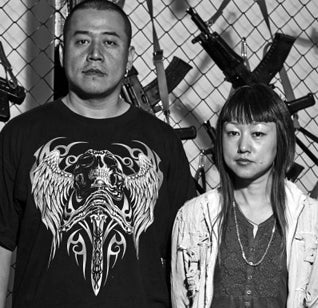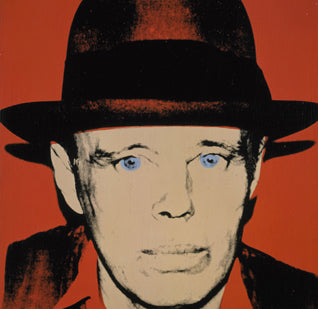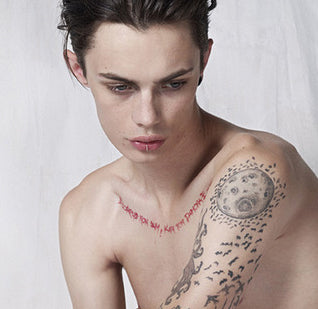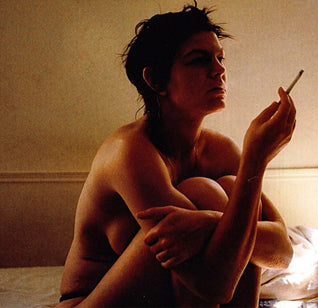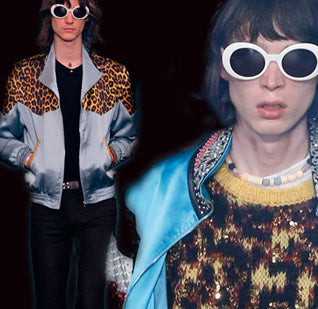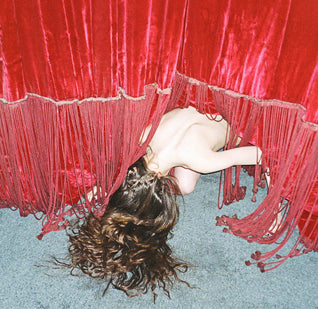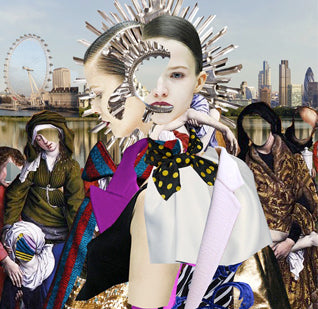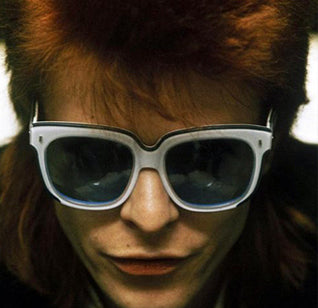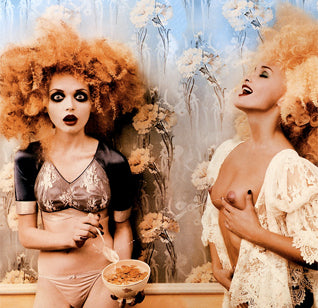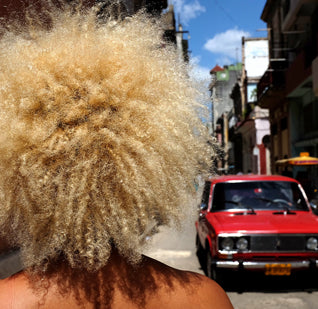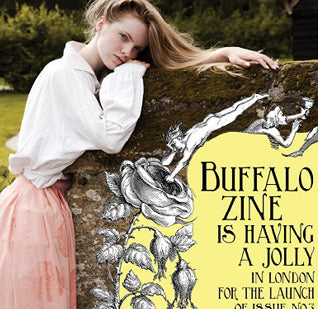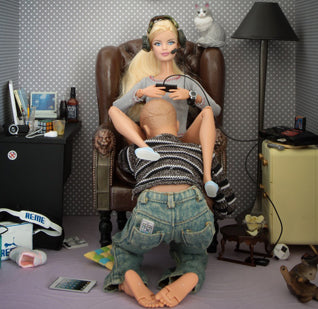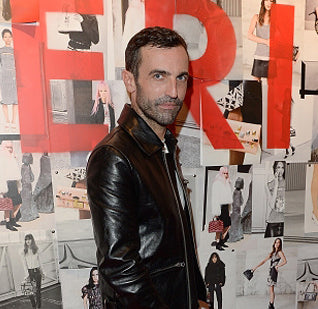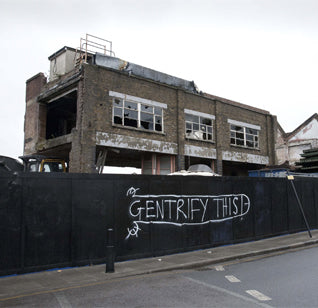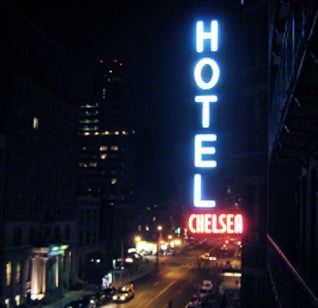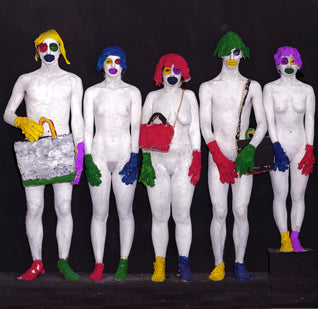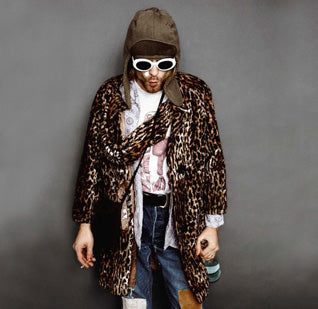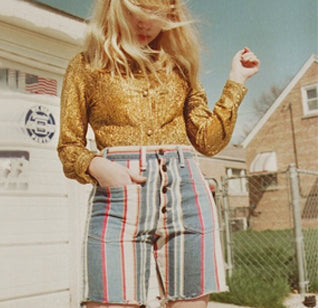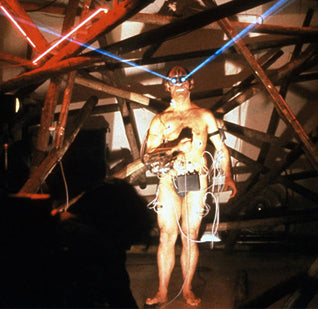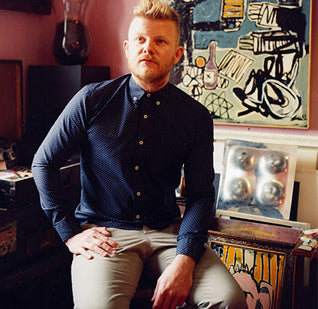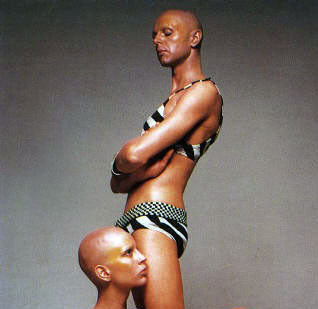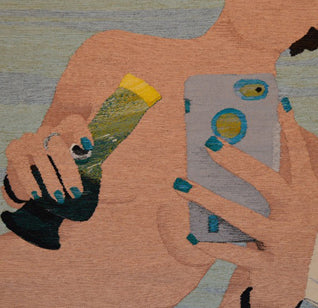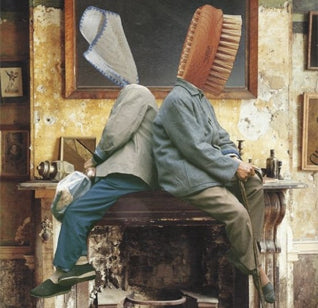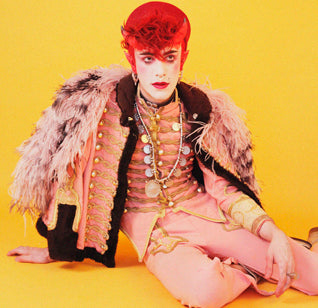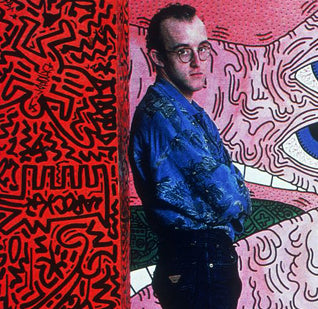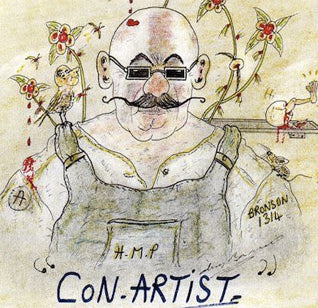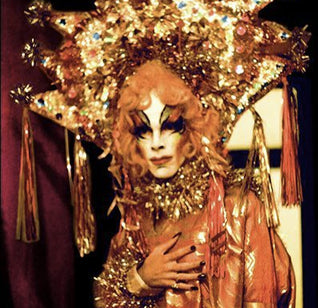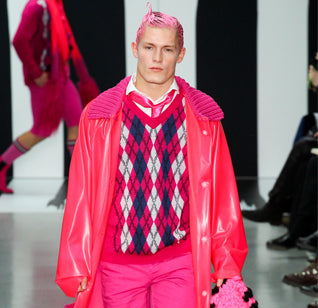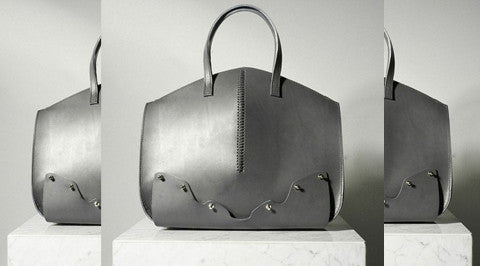FASHION PHOTOGRAPHY GETS HYPER-REAL
From Erwin Blumenfeld to Nick Knight, fashion constructs fantastical images
by Greg French
Writer John Tagg was one of the first to acknowledge a photograph’s ability to capture ‘the truth.’ - that which is in front of our eyes. Photography originates from the early nineteenth century, with photographs such as Joseph Nicéphore Niépce’s View From a Window at Gras, remaining the oldest photograph in existence in 1826. Then, the daguerreotype was invented, defined as “the automatic reproduction, by the action of light.” Or, as French writer François Tiphaigne predicted, a way of fixing an image that was being looked at.
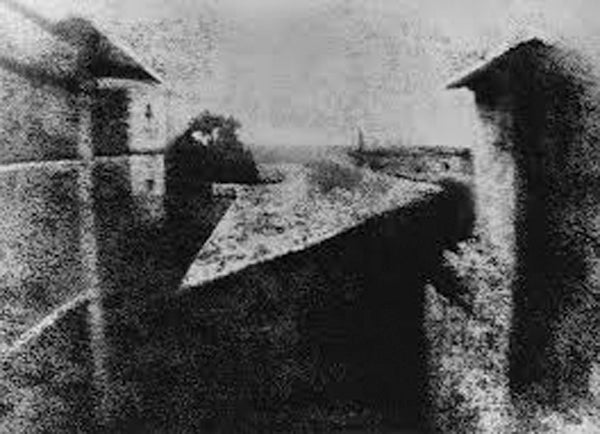
The earliest known surviving photograph made in a camera, was taken by Joseph Niépce in circa 1826
As photography evolved, that notion of it as teller of truth is something that has been shattered. Even in those early stages of photography's life, the creator's eye, lens choice, proximity, light intensity and technical ability would all serve as barriers to recorder of actual veritas. The more fashion photographers grappled with that concept, the more hyper-real their images have become.

Alim Khan, photographed by Prokudin-Gorskii in 1911
It was the likes of Man Ray who initially championed this stance, using blurring techniques in black and white to manipulate his depictions. His images of the Marchesa Casati – the eccentric Italian muse, whom owned everything from pet cheetahs to dresses made of light bulbs – are the clearest indicator of that.

Marchesa Casati by Man Ray, 1912
As colour photography was brought into wider use, it became, as writer Jennifer Craik noted “the lingua franca of fashion photography.” The technical necessities of colour photography were complex, expensive and prestigious. As the possibilities of photography grew with such developments, a dramatic shift was seen in what the camera was used to capture. “Photographic techniques began to influence artistic developments, especially the use of light, the manipulation of focus and the distortion of the image”
Cue then, Erwin Blumenfeld – who revolutionised the pages of Vogue – with splashes of vibrant photoshop-worthy musings, achieved via nothing but smoke and mirrors. It was a time of fantasy, in which fashion photography provided an escape from the grey pallet of war-torn Europe. Blumenfeld himself had lived through two world wars – his autobiography proclaiming that the first thing he learnt to do was die. A dark prospect that helps explain the hyper real images that he created. “It’s a story of constant re-invention,” his great grandson once told me “his life and work is a story of constant re-invention.”

Vogue Cover Erwin Blumenfeld, 1950
It’s a time that also birthed Guy Bourdin, whom ditched the white walls of his studios, taking fashion photography to the streets. Yet his images are anything but earth-bound; models are replaced with mannequins, and impossible landscapes frame the subject – binding its characters into the small and often claustrophobic rectangle of the image.
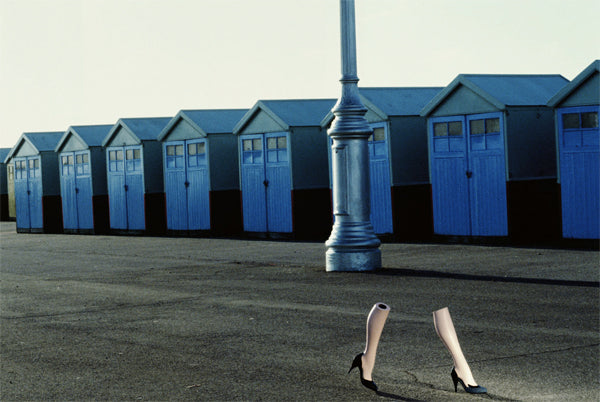
Guy Bourdin: Mannequin, 1979
Tim Walker and Steven Klein are also known for the rich narrative that they spin as part of frozen tableaux. Worlds seem unbound from the current clime, presenting romanticized storybooks, or dark forbidden lands. The characters which each image portray, no longer show ‘that which has been,’ instead, that which is yet to become. The unknown, the sublime, the fantastical is championed over the mundane, the everyday and the real.

Tim Walker: Guilt Trip, 2014
The late twentieth century saw the introduction of the digital manipulation processes and took these ideas further. British Vogue’s Robin Derrick dissected such an idea in his foreword to the book The Impossible Image, in which he states “by implication it is generally noted that you can only photograph what you can see. Digital technology means this is no longer the case. A digital image is many millions of differently coloured points arranged in a matrix and held in a computer. This type of image can be manipulated very easily.”
Let’s look to image-maker Nick Knight. Note the absence of the ‘fashion photographer’ title; a label that Knight himself has outspokenly shed. Digital matrix becomes his playground – a brave new world, which is no longer dependent on light hitting a lens. Instead, Knight’s work is able to capture the corners of the human psyche, questioning the human condition and using the medium of fashion – something of which we must all engage with – to do so.
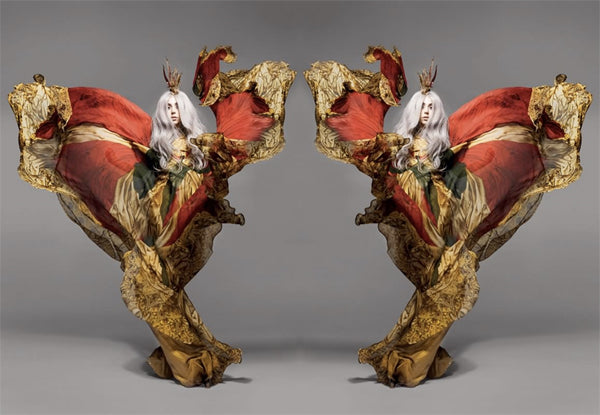
Nick Knight: Lady GaGa, 2010
These hyper-real worlds of fashion photography provide what every great designer wishes to leave as their legacy. Narrative, the exotic - the possibility of change. The clothes within the image are what grounds them - inviting us to slip on that garment and feel, if only for a split second, what its like to live in that world. Just as it was for Blumenfeld and Bourdin - and is for Klein, Walker and Knight - that brief moment of pause and escapism is something to be cherished in today's ever evolving world.

